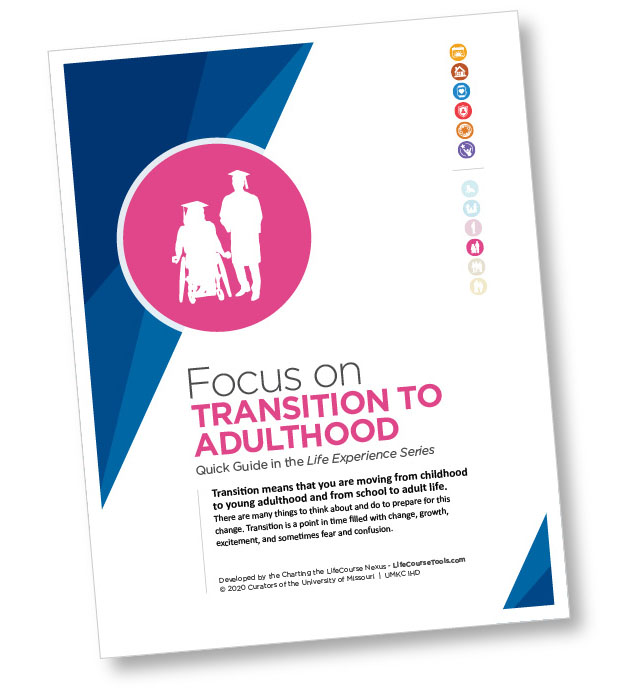KEY CURRICULUM: Best Life classroom lessons
Help students build their knowledge and awareness about what a best life means for them
 E1MN has created curriculum for educators to use with students in the classroom to help support the learning expectations of Minnesota's Youth in Transition Framework.
E1MN has created curriculum for educators to use with students in the classroom to help support the learning expectations of Minnesota's Youth in Transition Framework.
The lessons in the Best Life: Building Awareness curriculum can help students build their knowledge and awareness about what a best life means for them, and learn more about tools they can use to plan for and reach their best life. They are a great way to introduce students to the Best Life learning expectation topics.
Each 20-25 minute lesson plan uses videos, discussion questions, real-life stories, tools, and activities to create an interactive and engaging learning experience for students.
Download the Best Life: Building Awareness curriculum (PDF) »
More classroom curriculum: In addition to these Best Life lessons, check out curriculum to support the Framework's other learning expectations »






